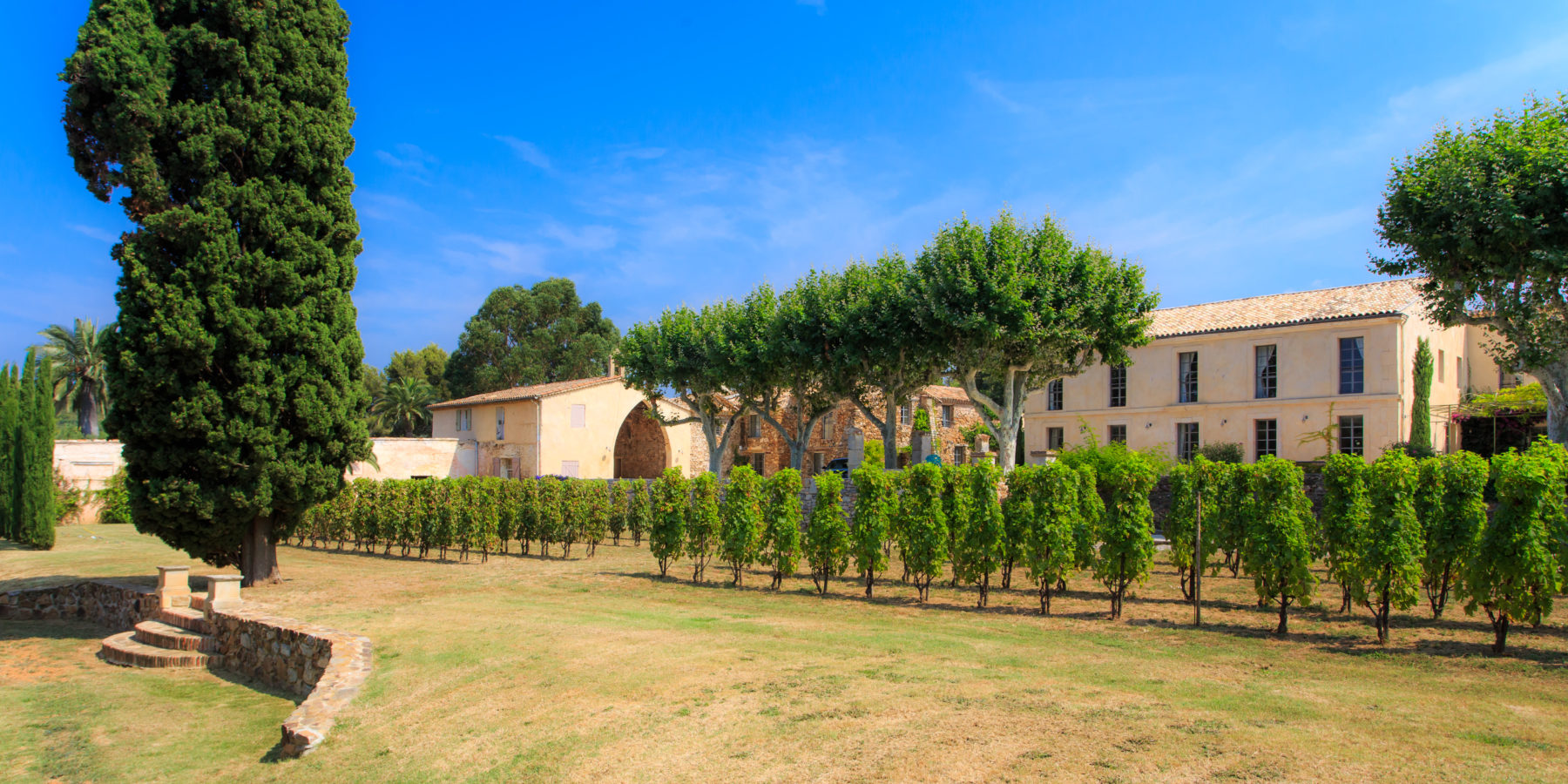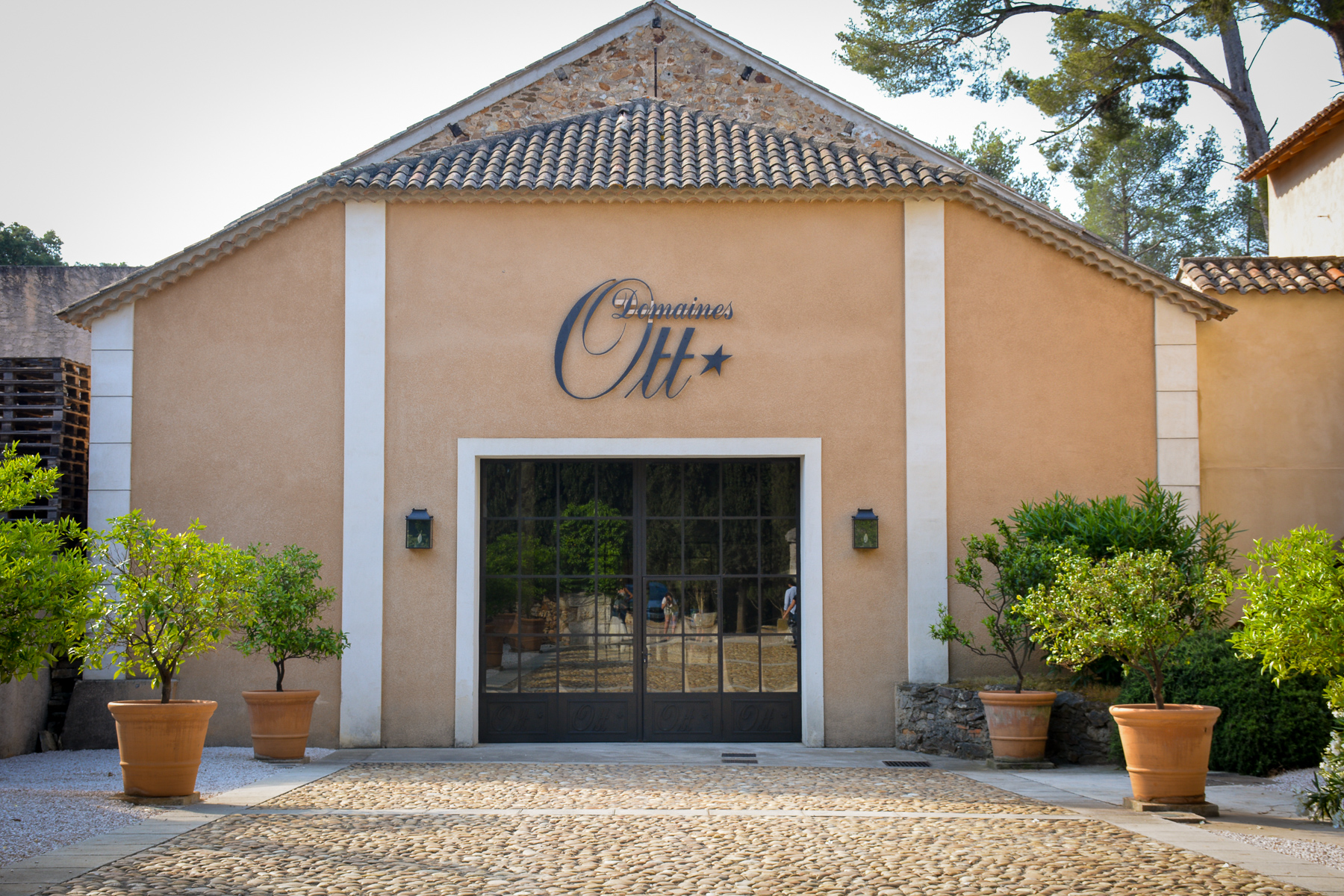


If you’re a wine drinker, unless you’ve been living under a rock, you will have noticed a surge in the amount of rosé wine on our shelves over the past few years. What has also changed however, is who is doing the drinking. Gone are the days of a female only audience who like a sweet style in hot pink because it’s pretty, it’s girly and it’s summertime. Real men now drink pink - and all year round, it turns out. In a sea of pale and dark rosé wines, some sweet, some dry, where no one seems to know what they’re getting, there’s one key region that’s leading the way for its consistency, quality and charm: Provence, France.
Provençal rosé is famously pale and dry, with a creamy weight and complexity that belies its powder pink looks. It’s a style you can rely on and one that goes with everything from media launches and film premieres on the beach in Cannes, to intricate food matches at the finest dining establishments in mid-winter. Provençal pinks are not just wine; they are a lifestyle, one that once back home in Blighty, has us heading to the nearest wine shop to seek out the names that will bring summer back into our lives again: Mirabeau, Chêne Bleu, Aix, Whispering Angel and of course, the grandfather of them all, Domaines Ott. But it wasn’t always this way.
Côtes de Provence is the only French appellation dedicated purely to high quality, fine pink wines and it owes its name and success to one man with a vision: Marcel Ott. Marcel and his wife moved Provence from Alsace in 1896 after a grand wine tour of the country. The vine louse that destroyed many of Europe’s vines at the time had wreaked havoc in Provence, but Marcel fell in love with the area. Land was cheap, so they stayed and planted vines again, only this time, with different grapes: Sémillon and Vermentino for white wines and Grenache, Cinsault and Syrah for the pinks and reds. The estate built a reputation quite quickly for fine, textural white wines. There were pink wines in the region then, but much darker and sweeter than those we know now. Wanting something a little different, something more weighty and dry, a bit like the Alsace wines he was used to, Marcel pioneered a new style of pale, dry rosé. He sold it alongside his famous whites as a serious pink, where it quickly developed its own reputation as a boutique wine available only to those in the know. The question of moving again came up again - they were practically giving away land in North Africa – but Marcel’s wife put her foot down. She wasn’t going anywhere. The Ott’s stayed and the appellation as we now know it, began to flourish.
This pale and dry style of pink, with its trademark creaminess and weight from lees stirring and skin contact, was not the only thing Marcel and his family did for the region and its wines. They were responsible for the creation of the whole Côtes de Provence appellation. That’s some legacy! And not only this, but if you’ve ever noticed how a lot of Provençal pinks have unusual shaped bottles, that was The Ott family too: René Ott pioneered the first ‘skittle’ bottle shape in 1926, which many châteaux in the area have since emulated, though they are never allowed to be exactly the same as Ott.
Try a taste of the original Provence
Domaines Ott owns three estates: Clos Mireille and Château de Selle in the Côtes de Provence appellation and Château Romassan in Bandol AOC, each making distinctive wines in their own styles.
Château de Selle in Taradeau, near Draguignan, was the first estate that Marcel bought in 1912 and produces pink and red wines. Clos Mireille came next in 1936 and was originally famous for its ‘blanc de blancs’ white wines until it started also producing rosé in 2006. The terroir at Mireille is extraordinary for its microclimate and location right by the sea. Airborne salt from the settles on the skins of the grapes and the soil, which help to give it their characteristic saline tang.
Château Romassan is the newest estate acquired in 1956 and is located within the Bandol AOC area. Mourvedre is the key grape in this appellation, which Jean-Francois Ott describes deliciously as ‘the bad boy of wine grapes: meaty, gamey, a bit crazy. A party animal!’ Rosé from here is a little beefier, a little more structured and the reds pack a might punch.
Want to taste the wines? Head to Château de Selle where you can try them all – and totally for free. When I asked them why they don’t charge for tastings, I was told: “We say to our staff, ‘don’t worry about selling. Pour, let them taste. They’ll buy some anyway!’” They buy so much in fact that each visitor is limited to twelve bottles of each.
What to eat with Ott wines?
There’s a real confidence in the product at Ott. They know their wines are good and trust me, they really are. The pinks and whites are not just about summer sipping immediately after their release either; they can age. We tried a 2014 rosé which had developed an incredible texture and licorice spice. These are gastronomic wines that are incredibly versatile with food and work all year round. I personally love the pinks at Christmas when red feels to heavy at lunchtime as they’re awesome with turkey and all the trimmings. Other matches for the whites and rosés we tried include tagines and ceviche, but they can also take mild curry sauces, ground coriander, sushi and roast chicken. The reds are powerful, so great with stews and steaks. The Bandol also makes a fabulous, slightly surprising match for dark chocolate cake and red fruit salads.
So, with or without food, at Christmas or by the beach, picnic or fine dining, pink from Provence is a style you can rely on and once you’ve tried Ott, you’ll n’Ott go back.
Where to find Ott wines:
Clos Mireille Rosé 2017 RRP £37 from Oddbins or £33.95 from Slurp.co.uk
Clos Mireille Blanc de Blancs 2011 £29.95 from Fortnum & Mason
Château Romassan Rosé, Bandol 2016 £35 (£31.50 mix 6 price)
Château de Selle ‘Coeur de Grain’ Rosé 2017 £310 for 12 at Millesima
This piece was originally written for Savile Row Style Magazine in July 2018
By Helena Nicklin
